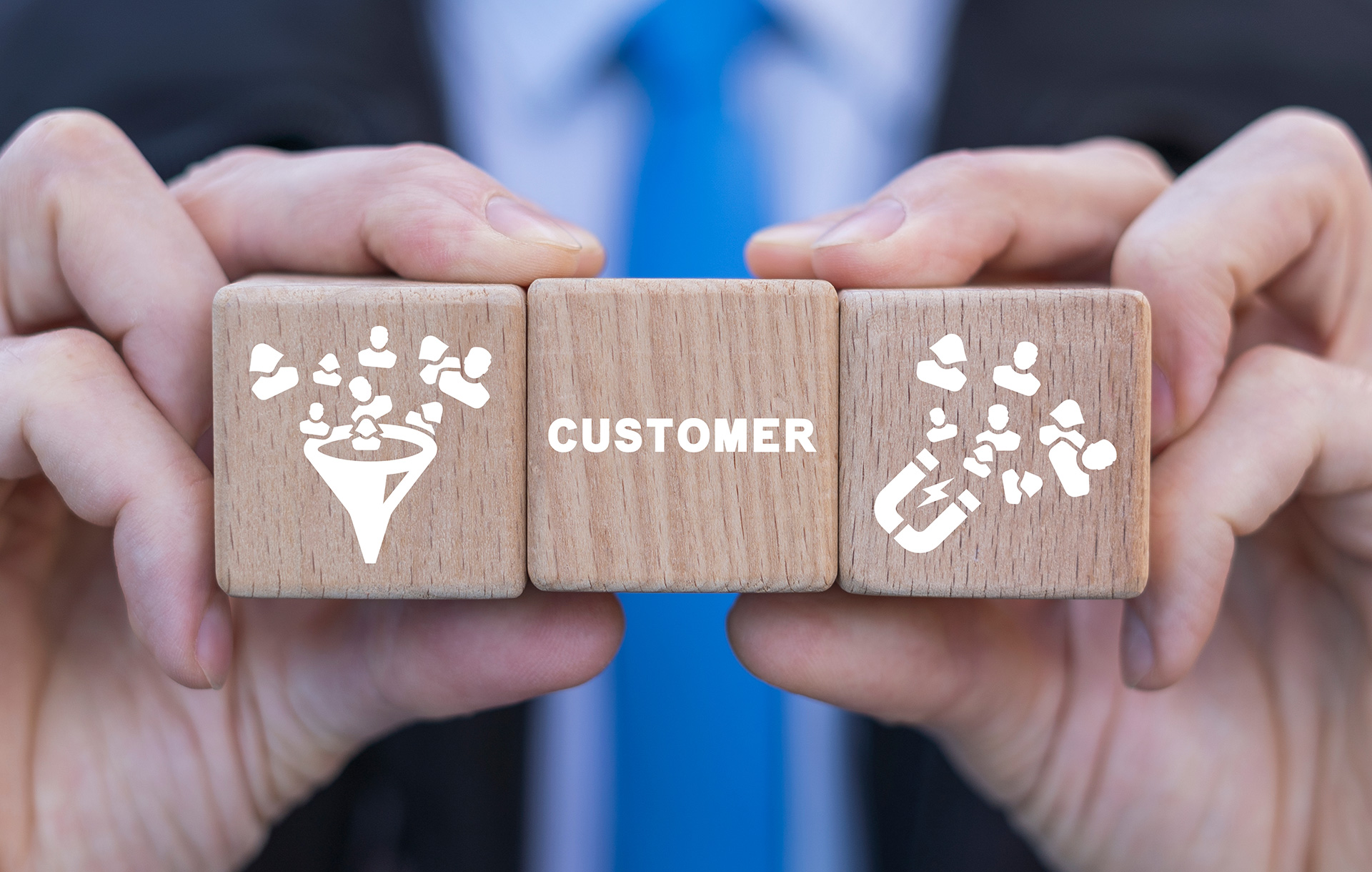How to Modernise Your Traditional Brand Through Digital Marketing
The word, tradition, and its variants can be a bit tricky because of what they imply: something long-established that comes with special significance. Because of this, efforts to change something that’s viewed as “traditional” are usually met with resistance.
While it’s true that some traditions should definitely be kept alive, this doesn’t stand for traditional brands. No, to stay alive in today’s digital ecosystem, brands need to be modernised and adapt to the changing times.
For example, traditional marketing methods like telemarketing and putting out adverts on magazines, newspapers, television and radio shows need to be updated to their online counterparts. Similarly, a physical storefront needs to be supplemented with a website that acts as the brand’s face on the internet.
Before we get to that, let’s delve into traditional marketing and why traditional brands need to be modernised.
The Pros and Cons of Traditional Marketing
There’s a reason traditional marketing is still very much alive today, despite the emergence of new technologies and the trends that go with them: it’s very effective, especially for local businesses.
But, as with everything in life, it’s not perfect; like everything else, it has its pros and its cons. After all, its effectiveness tends to ebb and flow as new trends come and go.
For example, we just touched on its effectiveness on a local level. By using flyers or advertising on local newspapers, billboards, television and radio programs, a business can reach people in their area with certainty that they are in fact, potential customers.
Likewise, if someone doesn’t have an internet connection, or even if they rarely leave their home, you can always reach them through physical adverts or mail campaigns that make their way through their door.
Then again, traditional marketing also comes with its own set of drawbacks.
For example, compared to more modern marketing tactics, it’s quite passive and relies on awareness campaigns, leading to engagement levels that are on lower end of the spectrum.
Additionally, traditional marketing isn’t cheap. Whereas you have options like paying only when someone clicks your ads in the online world, the physical world comes with a set cost that ignores whether your ads will even be seen once.
Because of this, it’s also very difficult to measure ROI with traditional marketing. You know how much money you’re putting it, but how are you to know how much you’re getting back?
Yes, you can use coupons and tally how many are redeemed, but apart from that, how are you to know whether a surge in sales came from an ad or from a particularly vocal customer who’s spreading the word?
Why Brand Evolution Is Important
As we just saw, there’s no doubt that traditional marketing is effective, but this doesn’t mean that everything else should be neglected — far from it. After all, apart from its shortcoming, as technology evolved, so did the way people consumed content and interacted with brands.
That is to say, with the evolution of technology should come the evolution of brands; as technology changes, so should the brands using it.
In doing so—in embarking on this traditional brand evolution—brands can gain a wide range of benefits that only come from venturing into the online world.
For example, because you’re online and no longer constrained to an audience comprised of those physically around you, you can expand it and do business with those living in different cities, countries, and even continents.
Also due to the online ecosystem, you’re not limited to static images in magazines or expensive TV ads. At your disposal now are a myriad of channels like Facebook, Google Search and YouTube, and varying content types like blog posts, infographics and videos.
In other words, not only do you have more options, but those you do have come with a lot more engagement than traditional marketing methods.
For instance, consider posting on social media.
Whenever you do so, you’re presenting your audience with an opportunity to directly engage with you by liking, sharing and commenting on your posts. And when you reply to their comments, you create a back and forth rapport that also fosters brand loyalty.
Now consider ads.
Whenever you place an online ad, you have the option of targeting only those specific users that make up your target audience with demographics like age, gender, profession and interests, making it more likely you’ll get a conversion.
Even better, whereas you can’t accurately measure ROI with traditional marketing, venturing online comes with your option of analytics tools like Google Analytics, which tells you your conversion rate, how many clicks or impressions your ads are getting, how many visitors each page on your website receives, what said visitors do as they browse around, and many other things that all work to help you tailor your strategy.
Traditional Brand Evolution: A How-to Guide
With all the benefits we just covered, it’s easy to see why the evolution of brands is important.
The question now becomes: how can I modernise my traditional brand?
Well, apart from trading in traditional marketing tools for some eCommerce competitor research tools that will give you a good idea of the new playing field, you’ll want to do the following things.
Pair Your Brand with a Website
Because talks of a traditional brand evolution revolve around the internet, the very first thing you need to do is pair your brand with a website, which will be your physical storefront’s online counterpart.
As such, your website will be your brand’s face on the internet and what will form most first impressions with your new audience.
Tip: Don’t stop at a website. We live in a mobile-first world that necessitates a website with a responsive design that resizes all content according to the screen it resides in.
Enter Social Media
After your website, the first thing you want to do is get a social profile for your business on all major social media networks:
- Google+

In doing so, you’ll be able to realise one of the main benefits of branching online: promoting your business amongst your audience and building a relationship with them.
Keep in mind that it’s best not to spread yourself too thin on all these channels. Instead, focus on one or two that are most popular with your audience, and place the majority of your resources there while keeping a presence in the others.
Make Use of Content Marketing
Facilitated with a website where blogs can be posted, and social channels to share said blogs, one of the biggest differences between traditional brands and those that have embraced our digital world is content marketing.
Because you now have an outlet to post content and a channel to share it, you gain the ability to disseminate your ideas amongst your audience, which works to sway their minds build a relationship with you.
Tip: Because everyone is different and will react to the same content differently, you’ll do well to try your hand at different content types, such as blog posts, videos, images, infographics, etc.
Final Thoughts on Traditional Brand Evolutions
No matter what industry your business is part of, it can benefit from modernisation and online integration.
At the end of the day, it’s as simple as being where your audience is. If they’re going online to find a brand to do business with, you need to make sure that you’re there to be found.
As a final tip that will help your brand become more searchable, get in touch with a digital agency like Appnova and ask about their SEO and SEM services, which will greatly help you be found and heard through all the noise.
Subscribe To Us
Our Services
Categories
Subscribe To Us
Contributors
Categories

This website uses cookies so that we can provide you with the best user experience possible. Cookie information is stored in your browser and performs functions such as recognising you when you return to our website and helping our team to understand which sections of the website you find most interesting and useful. Third party cookies such as Google Analytics is also used on this site to provide analytics in order to better understand the user engagement on our site.
You can adjust all of your cookie settings by navigating the tabs on the left hand side.
Strictly Necessary Cookie should be enabled at all times so that we can save your preferences for cookie settings.
If you disable this cookie, we will not be able to save your preferences. This means that every time you visit this website you will need to enable or disable cookies again.







0.Comments